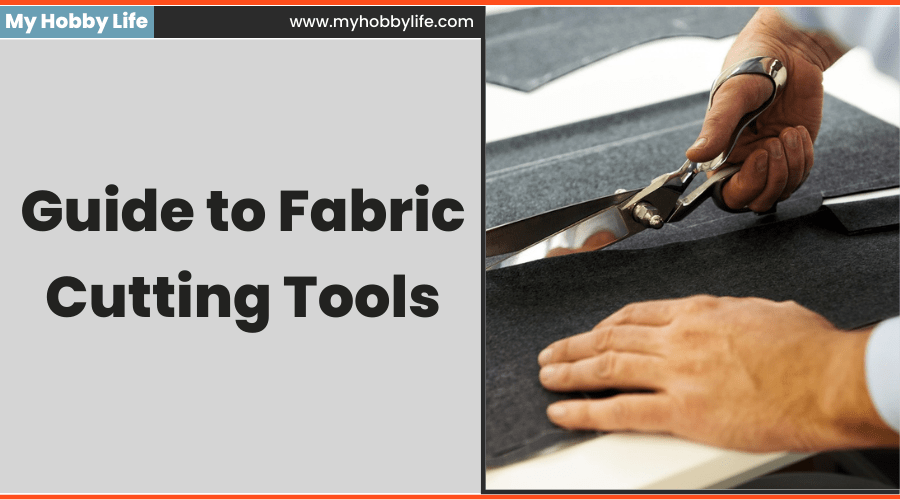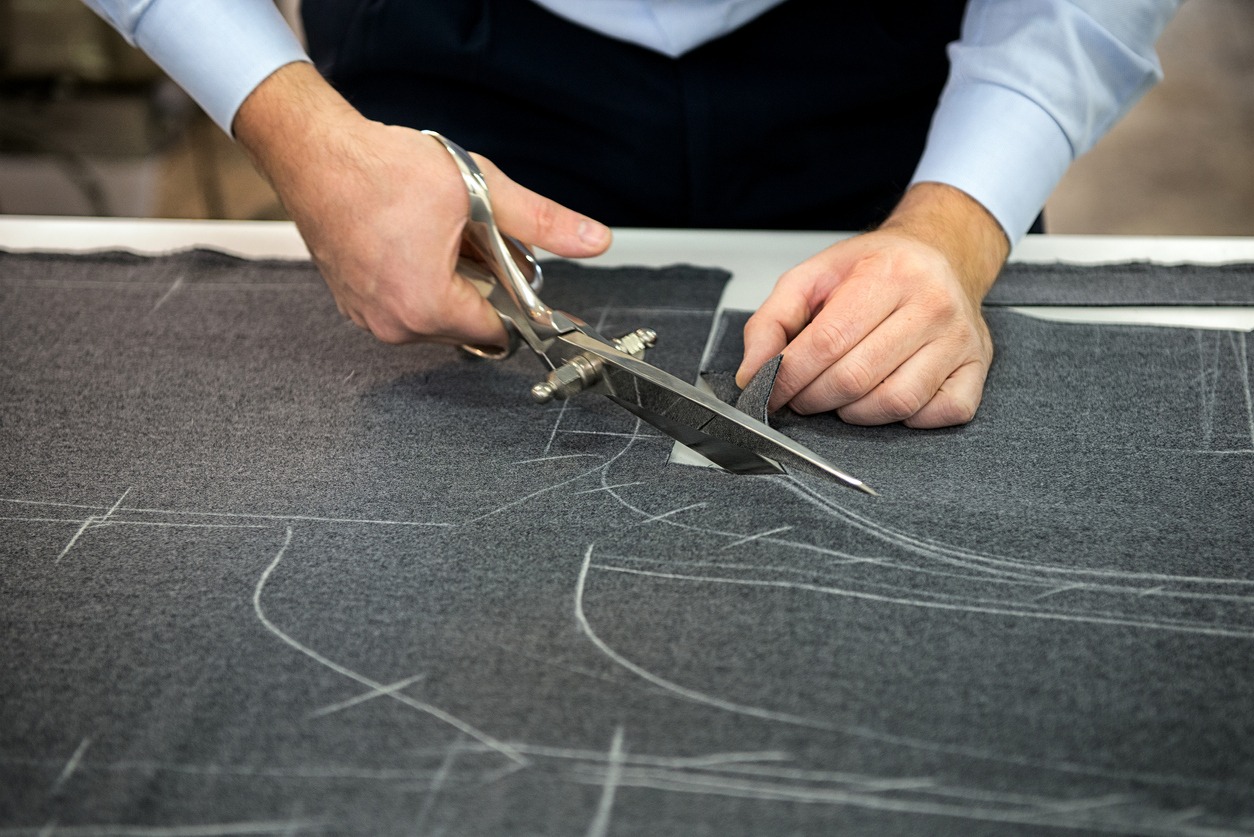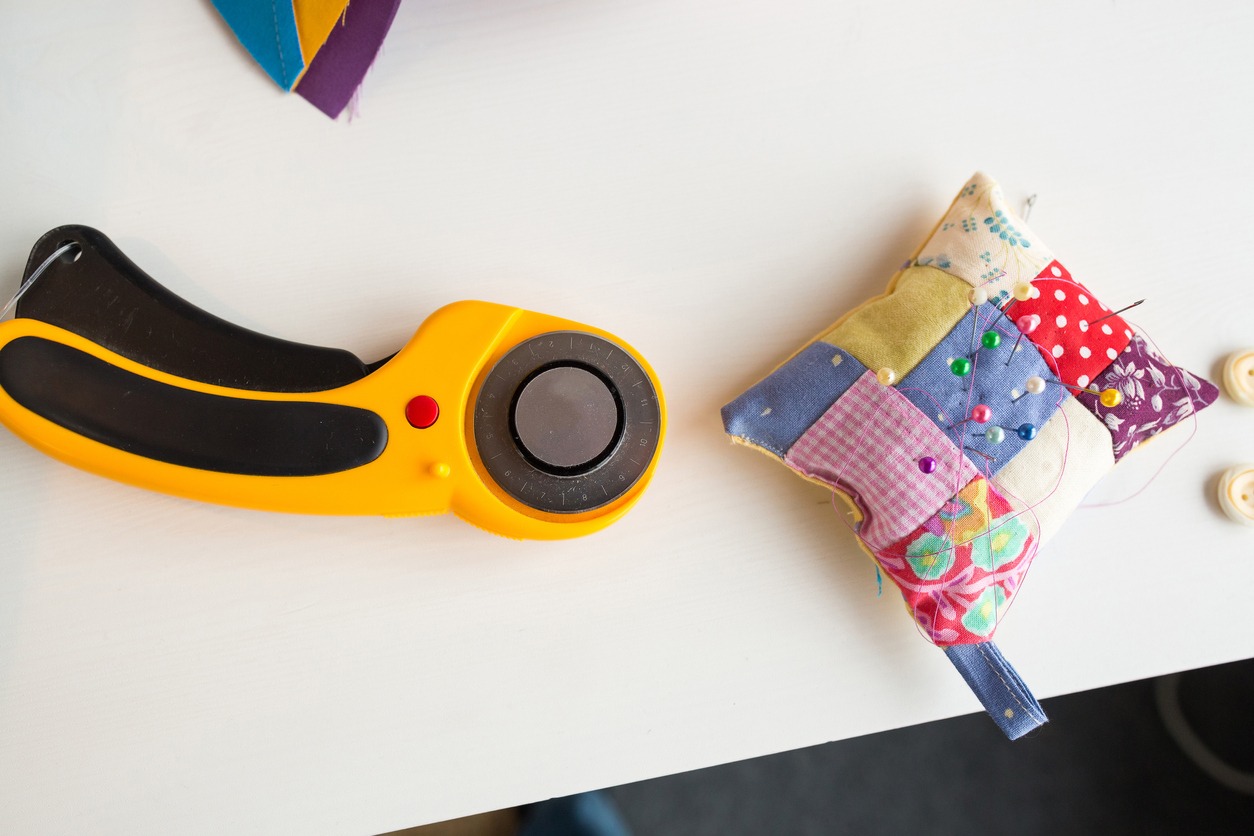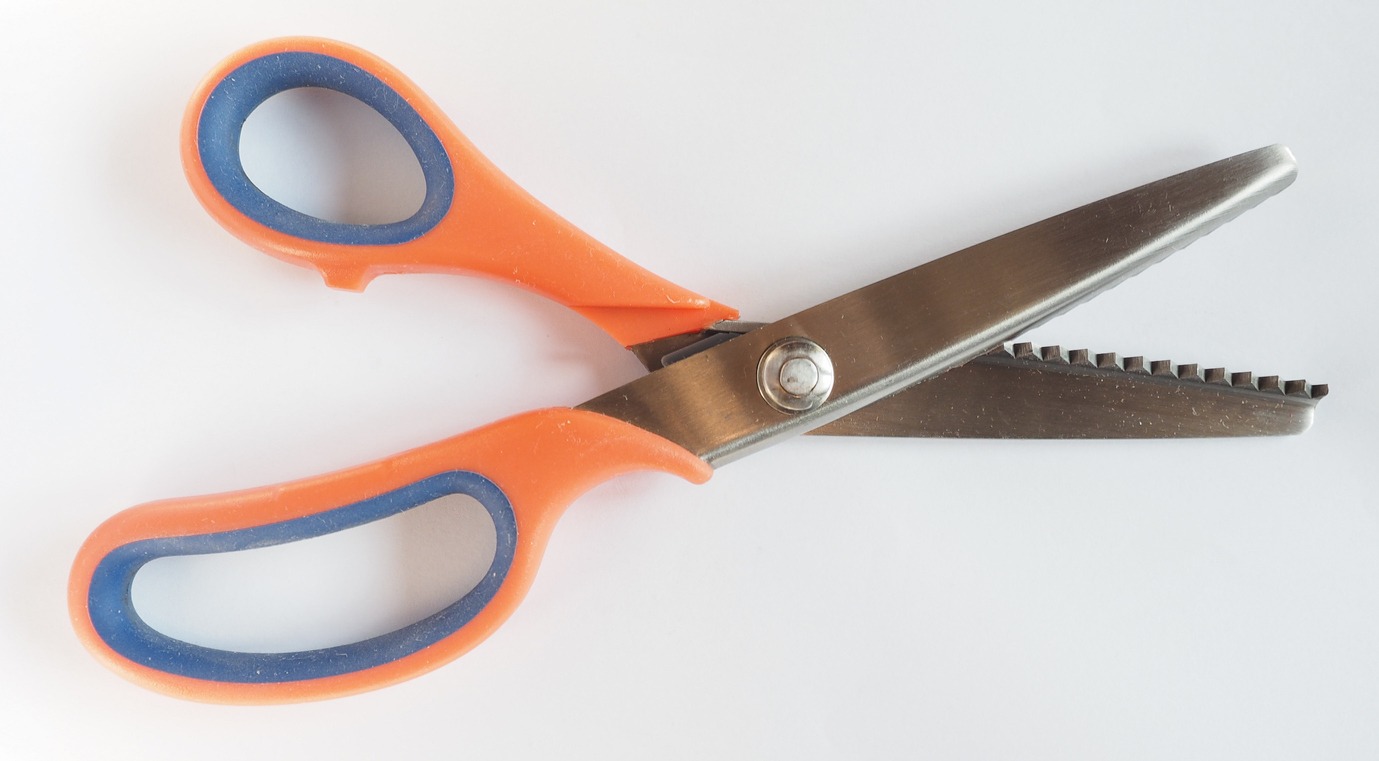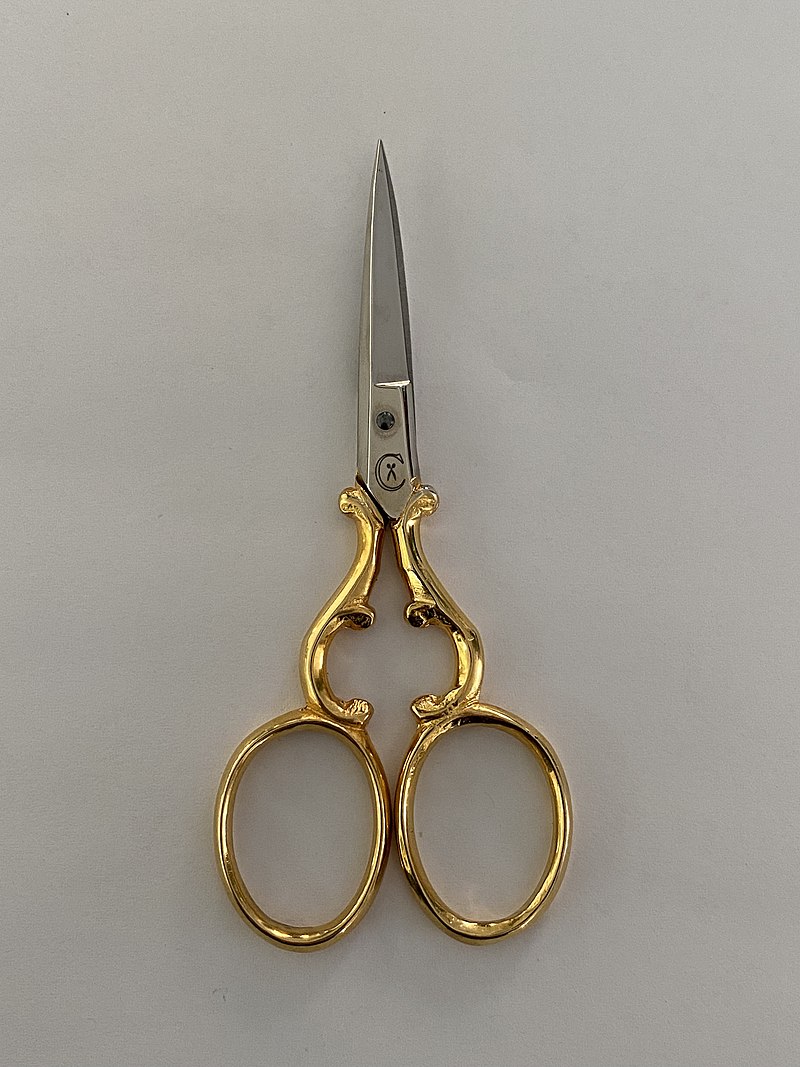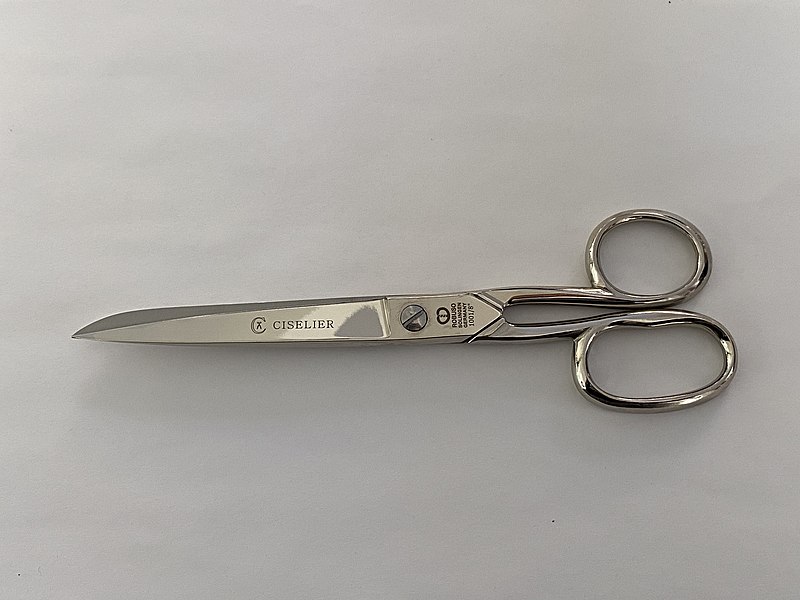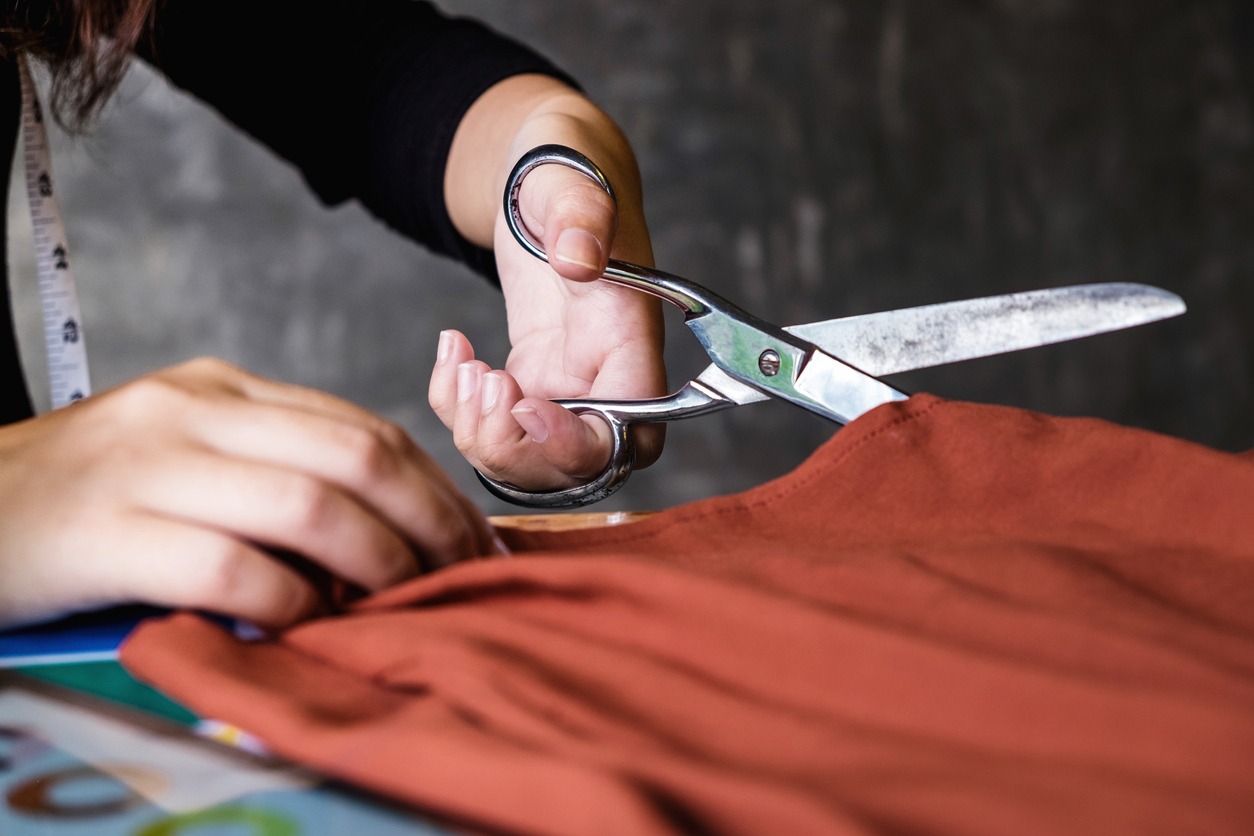Before, sewists only relied on scissors to create designer clothes, dresses, curtains, quilts, or other sewing and embroidery projects. Whether you prefer sewing for domestic purposes or want to do larger-scale projects, the availability of fabric cutting tools and machines makes perfect sense especially for those who take sewing, crafting, and quilting quite seriously. You won’t be surprised to find any of these tools in their sewing machine kits.
There are several types of fabric-cutting tools for maximum productivity, so you should choose the best ones that you know you will use regularly.
From the simple pair of shears, now there is a mind-boggling range of cutting tools for sewing. So, to make your selection a little easier and more straightforward, here’s the list of some of the most commonly used fabric cutting tools that will make your sewing projects faster, more efficient, and more productive.
Fabric shears
Fabric shears will be one of your most used and essential cutting tools for sewing. While you may want to use a regular pair of scissors for cutting fabrics, you should know that they’re just not going to cut it (pun intended). Thus, fabric shears are specifically made for sewing; you’ll have to pick them from any arts and crafts or fabric stores.
Rotary cutter
A rotary cutter is a pizza cutter-like fabric cutting tool. It usually has a plastic handle and a retractable circular blade that screws in and out of the handle. It comes in 45mm and 60mm, although some variants come in different sizes.
Rotary cutters can be an excellent way to cut straight and even curved lines quickly and accurately. It’s better to look for a rotary cutter with safety features to protect your fingers.
There is another type of cutter, the L-shaped cutter handle. It enables you to direct your strength right over the blade itself. You don’t need to use as much effort or power to create a clean cut. L-shape cutters are a safer and more ergonomic option. Like regular rotary cutters, L-L-shape cutters are available in various sizes.
Appliqué scissors
If you want something for cutting out appliqués or trimming seams, you might want to purchase a pair of appliqué scissors. They may be the most “misunderstood” scissors for sewing, mainly due to their unusual appearance.
Appliqué scissors are typically medium-sized scissors with an unusual duckbill shape on one blade (thus, they are sometimes called duckbill scissors). This is designed that way to trim the appliqué fabric after you have stitched it down without damaging it. Appliqué scissors are also used before sewing over the raw edges of the appliqué fabric with a decorative stitch, such as a satin stitch.
Appliqué scissors will also be helpful if you accidentally cut through the wrong layer of the fabric while trying to trim the appliqué.
Pinking shears
Pinking shears are characterized by their distinct zig-zag edge instead of a straight and smooth edge like regular scissors and shears. The zig-zag edge prevents the edges of the fabric from fraying and trims curved seams.
When buying pinking shears, it’s better to buy them from a physical store than buy them online so that you can test them in person to see if they trim adequately. It’s not advisable to buy a cheap pair of pinking shears as they often don’t cut very well and even burr the edges of the fabric.
Shape-cutting machines
Shape-cutting machines are an ideal option if you cut many shapes for quilting. These machines use dies that are cut in various shapes to cut through several layers of fabric at once. Also called die-cutting machines, they significantly reduce the time you spend cutting, allowing you to create more adventurous designs and sewing ideas. If you are a quilter and serious crafters will find their tasks a lot easier with this nifty machine.
Buttonhole cutter
A buttonhole cutter cuts the middle of a buttonhole after it has been sewn. If you cut a buttonhole with scissors or a seam ripper, the chances of overcutting are possible. But if you use a buttonhole cutter, it will cut a clean slit with minimal effort.
In using the buttonhole cutter, start by placing the sharp end over the button-hole stitches and then applying pressure to cut the buttonhole open.
Embroidery scissors
Embroidery scissors are a particular type of scissors used by embroiderers. Embroiderers use these small, very sharp, and pointy scissors to snip threads close to the fabric, as well as unwanted stitches. You will need these scissors if you do embroidery a lot.
There is another variant of embroidery scissors, simply called the double curved embroidery scissors. These scissors have a distinctive S-shaped profile as they bend down at the handles and bend up toward the blades, hence the name. You can use double curved embroidery scissors for cutting out intricate shapes for appliqués or trimming loose threads. They can also be a good alternative to appliqué scissors.
Rag quilt snip scissors
If you do quilting a lot, you must have this cutting tool. Rag quilt snip scissors are spring-loaded specialty scissors with a small and sharp blade. They are used for snipping into the exposed seam allowances when making a rag quilt, creating a beautiful, fluffy frayed texture when washed and dried. The result is similar to the frayed or fringed hem to a pair denim pants.
General-purpose craft or paper scissors
These scissors have straight blades, a blunt tip, and soft handles to keep your hands from hurting after prolonged use. Some models are similar to fabric scissors that feature a slight bend so that you don’t lift the paper off the cutting surface. There are scissors with left-handed and ambidextrous handles. If you want a specific tool to cut paper sewing patterns, you’ll need this tool.
A fabric-cutting tools kit – a great gift idea!
If you know a family member, friend, or close colleague who is into sewing, embroidery, quilting, etc. present them a fabric-cutting tools kit as a lovely gift. It can be a basket or a box where you can include all the essential fabric cutting tools (except, of course, the shape-cutting machine) it can hold. Then tie a ribbon, place a cute tag or label on your gift and think of witty but thoughtful words you will write on it, such as “You’re SEW special!” Your recipients will surely love your gift!
Final words
Fabric-cutting tools come in various shapes and fall into different price brackets. Depending on your creative and crafting needs, you can pick any one of the above to have remarkable results. Each tool stands essential according to its purpose and cannot be weighed more than the other.
